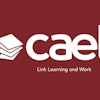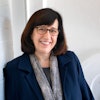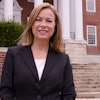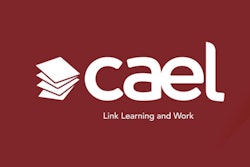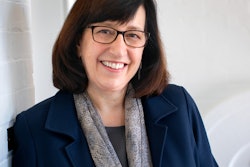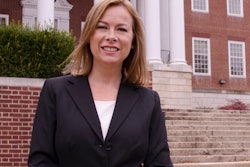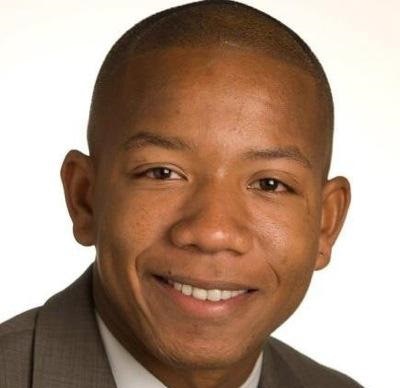 Dr. Edward Summers
Dr. Edward SummersThere is no doubt that COVID-19 has had a dramatic effect on the world. The closure of global markets and the limitation of mobility and social interactions has gravely impacted the economic order. The higher education industry, already on the brink, has not been left unscathed by the challenges resulting from the global pandemic. The education sector until recently, largely relied on classroom based learning, students living on-campus, faculty and staff hosting office hours, all where in person social interactions and engagements on physical campuses were the order of the day.
The physical campus in many cases was and is the core that bonds people to colleges and universities. COVID-19 disrupted this model and has forced institutions to radically change and/or adapt to a model that higher education has long resisted and frowned upon – “online.” Given the new realities and some of the existing challenges that higher education has faced, reported in previous “Stepping Away from the Brink” articles, some institutions have been pushed off the brink and are forced to permanently close. Holy Family College, San Francisco Art Institute, MacMurray College, Urbana University, Northern Vermont University and Vermont Technical College find themselves in this precarious position of jumping off the brink.
COVID-19 has exacerbated and accelerated for many colleges and universities the challenges they already faced – rising cost, declining enrollment, not enough financial resources to support the operational structure, and a competitive market – to name a few. For the current academic year, the health crisis has brought on additional challenges of figuring out how to move courses from the physical campus to the virtual campus, refunding students a portion of their room and board fees paid, upgrading IT infrastructure to support while retrenching human resources that might not be working virtually but still on the payroll. In the face of these challenges, institutions have reacted differently – some have furloughed employees while others have laid off employees and discontinued benefits such as healthcare. Whatever the solutions are, institutions are having to face what we’ve brought attention to for the past year – the state of institutions on the brink and the marketplace in which they operate. Institutions that haven’t heeded previous advice find themselves in shutdown mode while others find themselves dealing with the new reality and trying to figure out what comes next in the new found world.
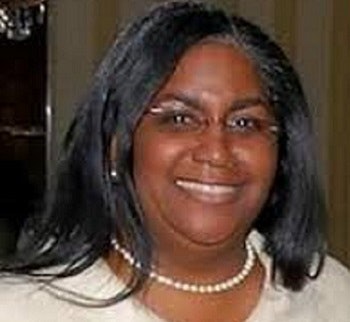 Dr. Lessie Branch
Dr. Lessie BranchAs colleges and universities start to navigate this new world, we have observed the following list. And while not exhaustive, below are what institutions are considering as they ponder reopening:
- Should they physically re-open and/or continue to operate online?
- What are the public health and safety risks with reopening?
- What is the State/Regional status of COVID-19?
- Based on the geographic demographics of the student population, what are the measures that are needed to be in place to ensure public and health safety?
- What is the institution’s financial capacity and ability to burden cost to reopen?
- Can and/or should the institution hire additional staff to enforce social distancing?
- Does the institution have the ability to reduce in person class numbers? What are the cost associated with these efforts?
- Can the institution leverage interest off of their endowment to support the operations of the institution?
- If institutions can’t open what can be done with housing and dining halls? And their staff?
- If institutions do open, what is the new model of housing and dining?
- Do institutions have sufficient medical, mental health counseling and therapists on campus? If not, how many are needed to ensure a healthy environment?
- Do institutions test all students, faculty, and staff for COVID-19?
- Are COVID-19 tests conducted daily? If so, what is the financial cost?
Institutions that have managed to step away from the brink are asking themselves a range of questions about opening versus continuing their next academic year online. Those well resourced with strong leadership will be able to weather the new normal. Others will be faced with hard realities and will step off the brink and close.
NOTE: This piece was written prior to the racial unrest our country faces, which will have major implications for college campuses.
Dr. Edward Summers is the executive director of The Bronx Private Industry Council (PIC) Powered by HERE to HERE.
Dr. Lessie Branch is an associate professor at the Metropolitan College of New York (MCNY) and senior research fellow at the DuBois Bunche Center for Public Policy at Medgar Evers College.
Dr. Adriel Hilton is the dean of students and diversity officer at Seton Hill University.


